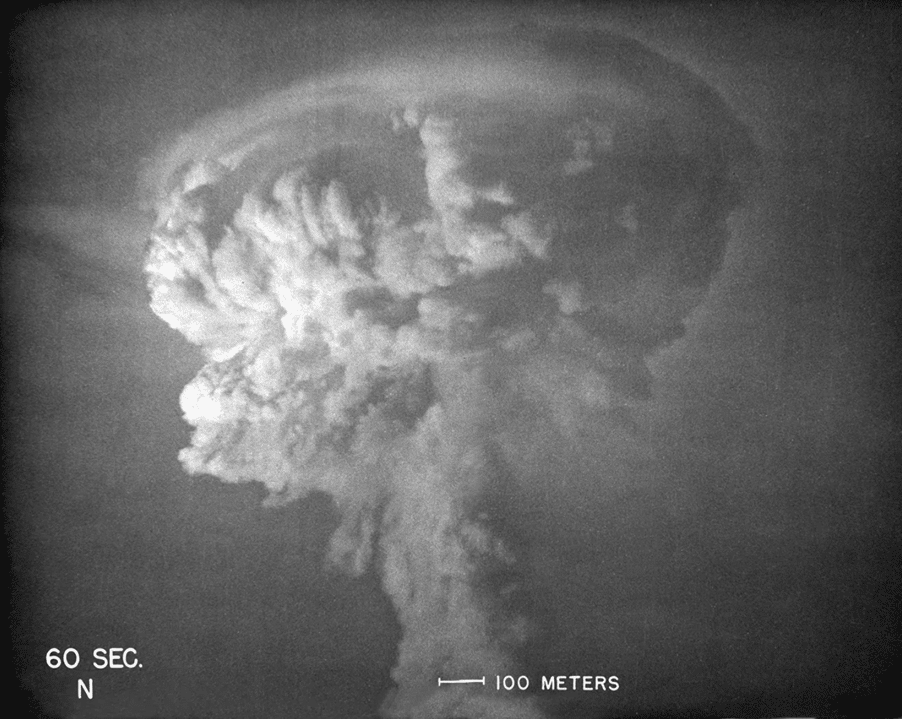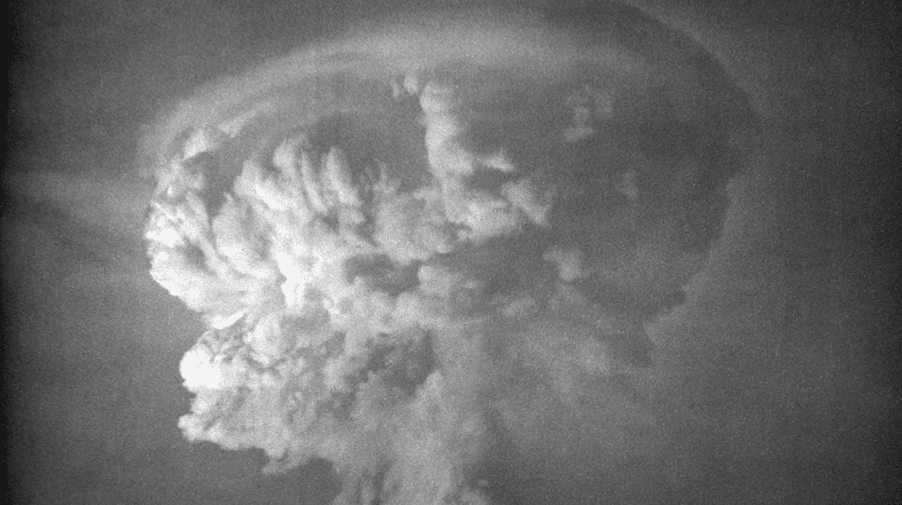By now, millions have enjoyed Christopher Nolan’s Oppenheimer movie, and maybe wondered just how much energy did the explosion that drew sharp shadows across Cillian Murphy’s cheekbones kick out? And how does it compare to others down the ages? Here are six to check.
As told in Nolan’s movie, Trinity, the first atom bomb in history, detonated at 5.29 am on July 16, 1945, with an energy equivalent of 24.8 kilotons of TNT, which equates to 104 terrajoules of energy. (A TJ is roughly equivalent to 0.28 GWh, so that’s about 29GWh.)
- Before Trinity ushered in the nuclear age, the largest man-made release of energy was from 19 enormous mines laid beneath the German lines along the Messines ridge in France, and discharged together on June 7, 1917. They totalled nearly 1 million pounds of explosive (about 500 tons), so a mere fraction of Trinity’s output. Nonetheless, British Major General Charles Harington famously announced beforehand, “Gentlemen, I do not know whether we shall change history tomorrow, but we shall certainly alter the geography.”
- In comparison, Russia’s mysterious Tunguska explosion in 1908, often put down to a meteor impact, was equivalent to around four megatons of TNT – more than 150 times bigger than Trinity.
- The largest man-made explosion in history goes to Russia’s Tsar Bomba (Emperor of Bombs), tested just once on October 30, 1961, following Premier Krushchev’s directive to deliver the most powerful nuclear weapon ever created. Detonated 4,000 metres above the Arctic Ocean it yielded 50 megatons. However its physical size meant that Tsar was only ever a propaganda weapon. Too large to mount on a missile, it was designed to be dropped by aircraft, which, in practice, would have been easily intercepted.
- That still pales compared to the 1815 explosion of Mount Tambora in Indonesia, the largest volcanic eruption in recorded history. A blast equivalent to 1 gigaton of TNT raised a dust cloud so vast that it foreshadowed the concept of a nuclear winter. As far away as America, 1816 became known as the Year Without Summer where across the country, frost killed crops, snow fell in June (often blue, yellow or brown) and lakes and rivers froze in August.
- Though, of course, the dinosaurs had it worse. The extinction event of 65 million years ago converted a six-mile-wide asteroid into 10,000 gigatons of TNT energy, scorching all the surrounding land within 900 miles and leaving a 12-mile-deep crater off the coast of Mexico to be.
- And only a few months ago, astronomers announced what they believe to be the largest explosion ever detected (well, since the Big Bang). ‘Event AT2021lwx’ was initially considered unremarkable because, with no idea of its distance, it was impossible to calculate its brightness. However, on further study astronomers realised that not only was AT2021lwx ten times brighter than a supernova, but it lasted for more than three years, against a typical three or four months.
If you can get your head around the numbers, astronomers estimate a total radiated energy of 1.5 x 1053 ergs or 1.5 x 1034 terrajoules.
And to come full circle, in something of a movie-trivia twist, it was originally nicknamed “Scary Barbie”…

One more thing
If we’re talking about useable energy, where can you find the world’s most energetic power station?
That would be the Three Gorges Dam in China: still the largest power generating facility every built. It’s thought to generate between 95 and 110 TWh a year, depending on rainfall in the Yangtze River basin. When all 32 turbine generators are working, it is the most productive hydroelectric dam in the world. It can handle nearly 100 litres of water a second – a colossal amount. But even so, the floods of 2020 tested the Three Gorges to the very limits, with fears that it could be breached. It wasn’t.





